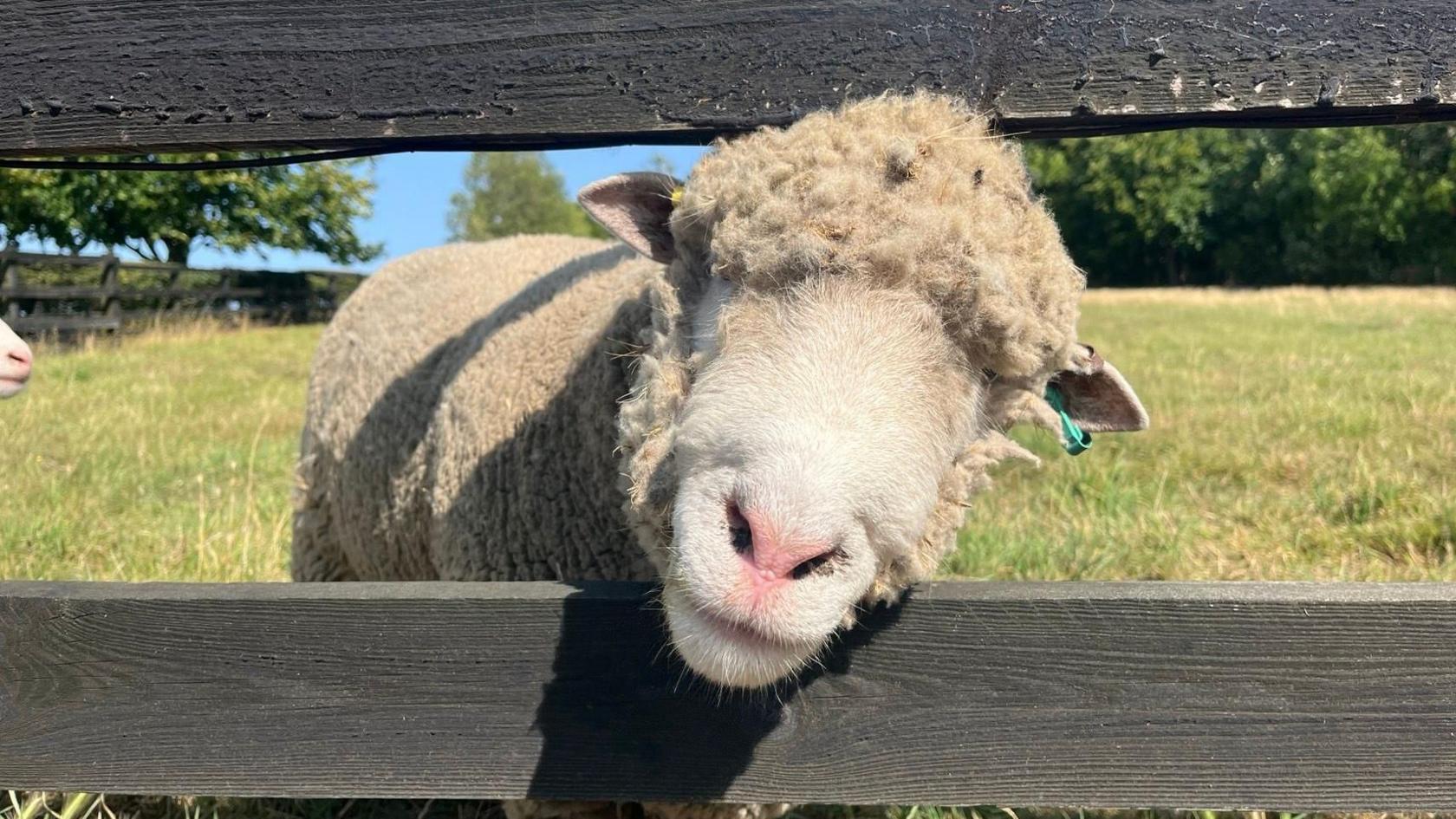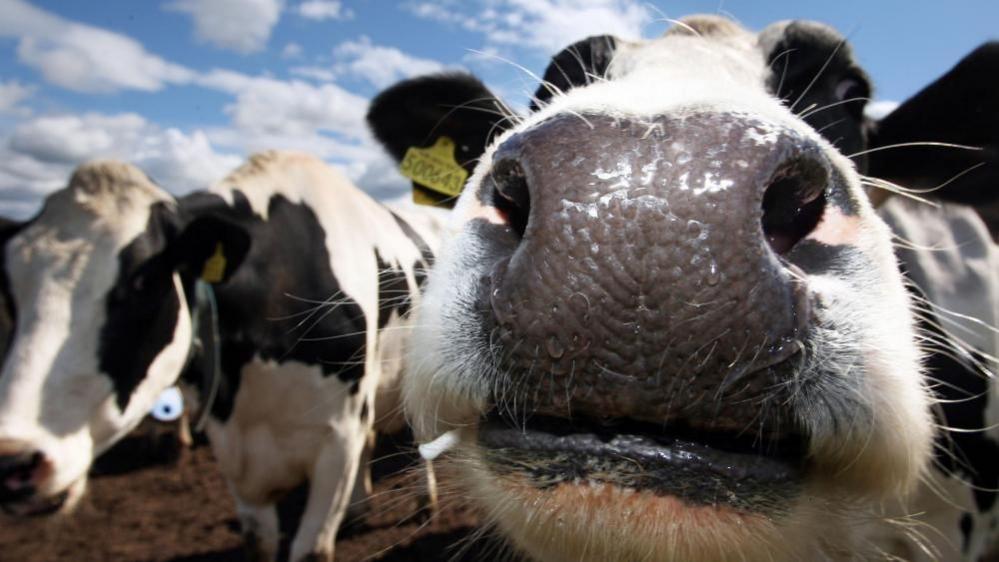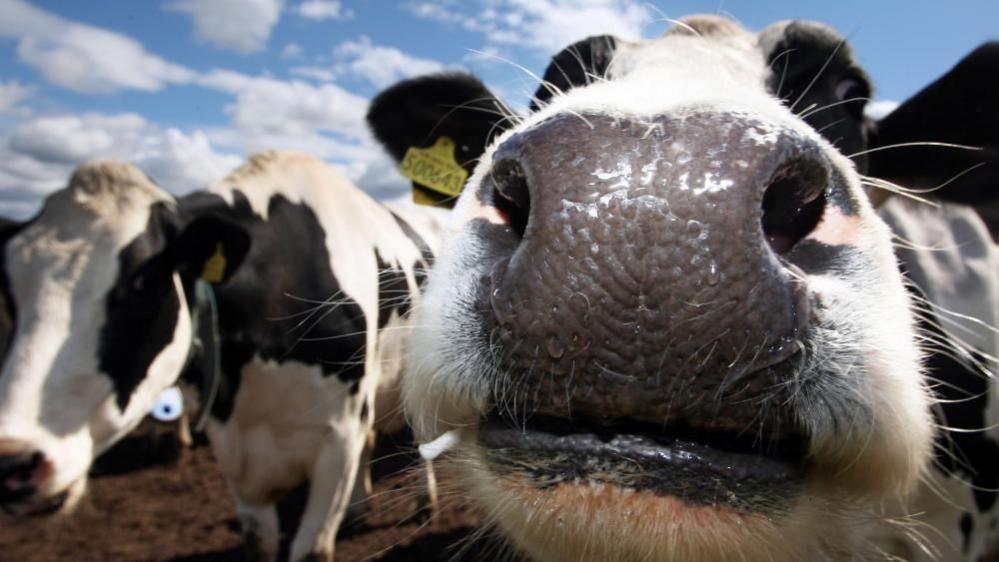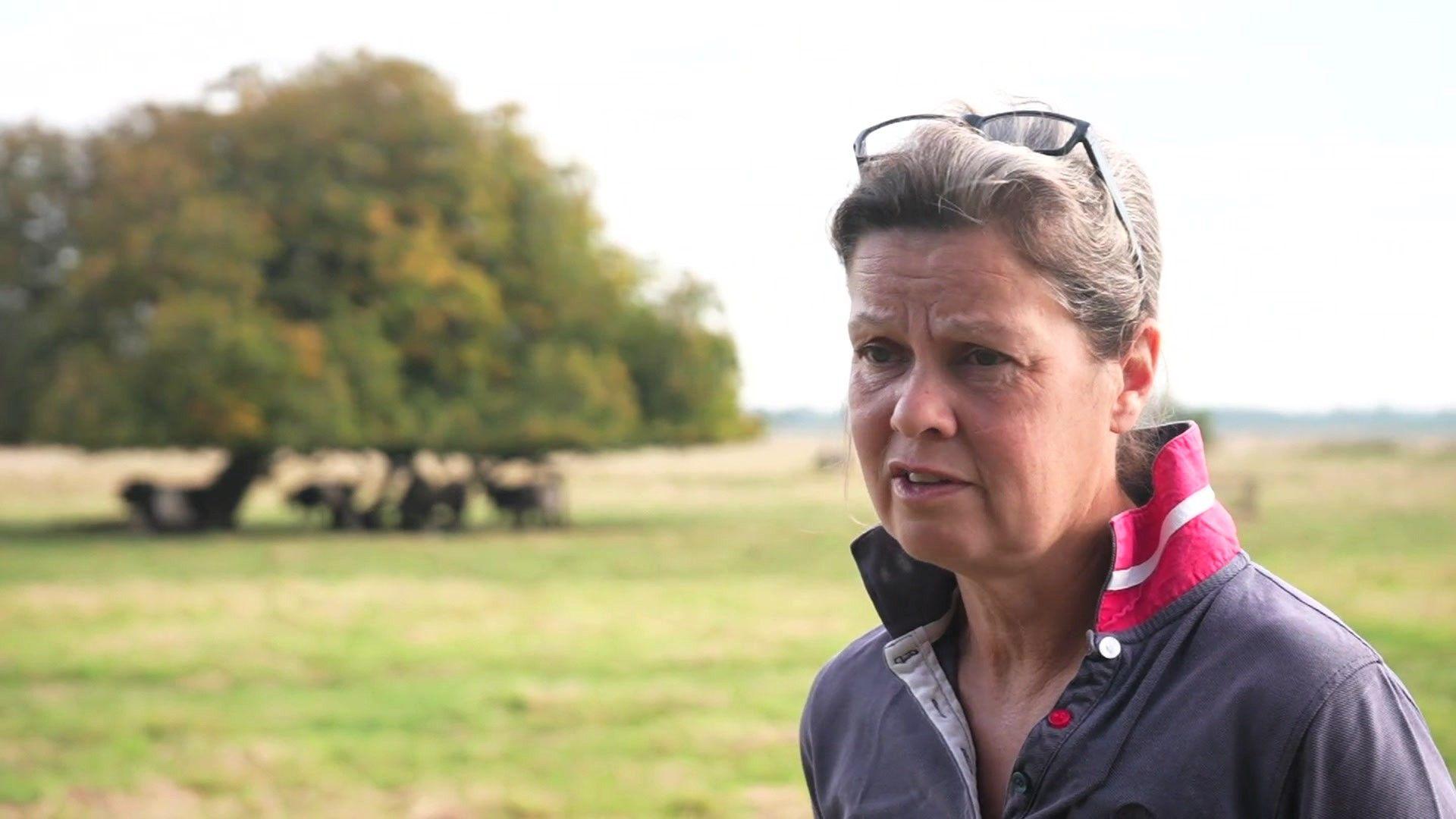Third bluetongue case confirmed in county

Bluetongue is a midge-spread virus that affects sheep and cattle, as well as other ruminants such llamas and goats
- Published
A deadly virus that affects cattle and sheep has been confirmed on a third farm in a county.
The latest case of bluetongue in Hertfordshire, a virus spread by midges which can prove fatal for infected animals, was confirmed by Hertfordshire County Council.
The Department for Environment, Food and Rural Affairs (Defra), external previously introduced a zone restricting the movement of animals in the county. It initially covered Suffolk and Norfolk and now covers much of eastern and middle England.
The council said bluetongue, which was first confirmed in the county in October, does not affect humans and has no impact on food safety.

A report to the county council says these are the first cases of a notifiable animal disease in the county “for many years”
The virus is spread by the bites of midges that are often blown over from the continent during spells of warm weather.
The latest Hertfordshire case was confirmed in a report by the county council, according to the Local Democracy Reporting Service.
It has been discussed by the council's public health and community safety cabinet panel, which began at 10:00 GMT.
The report said these are the first cases of a notifiable animal disease - meaning owners are legally obliged to report them to the Animal and Plant Health Agency - in the county “for many years”.
Defra said bluetongue, which can cause infertility and breathing problems in some animals, had been found at several premises since the latest outbreak was first detected in Suffolk on 26 August.
The government department also confirmed new cases on 8 November affecting cattle in Buckinghamshire and Norfolk.
The movement restriction zone now covers Bedfordshire, parts of Berkshire, Buckinghamshire, Cambridgeshire, City of Kingston upon Hull, City of York, East Riding of Yorkshire, East Sussex, Essex, Greater London, parts of Hampshire, Hertfordshire, Isle of Wight, Kent, parts of Leicestershire, Lincolnshire, Norfolk, North Yorkshire, Northamptonshire, Nottinghamshire, parts of Oxfordshire, Suffolk, Surrey, parts of Warwickshire and West Sussex.
Get in touch
Do you have a story suggestion for Beds, Herts & Bucks?
Follow Beds, Herts and Bucks news on BBC Sounds, Facebook, external, Instagram, external and X, external.
Related topics
- Published11 October 2024

- Published24 August 2024

- Published29 August 2024
